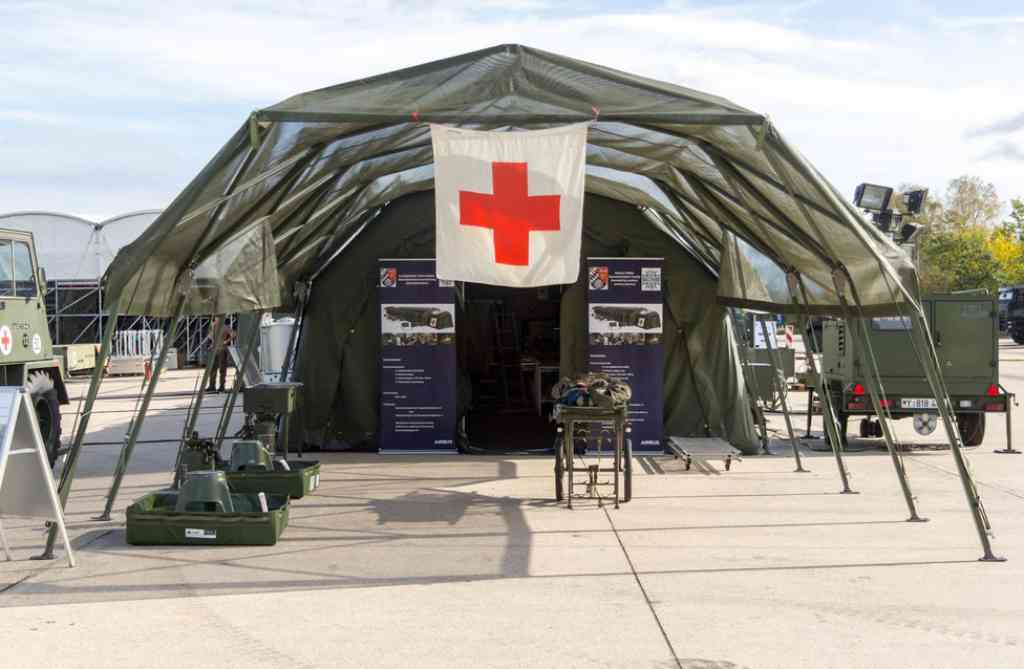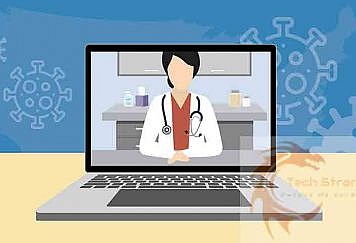
In the modern world, healthcare has seen numerous innovations and improvements. However, challenges persist, especially during disasters and pandemics when the quick and efficient medical response becomes critical. This is where the concept of a deployable field hospital comes into play.
Traditionally, field hospitals were set up during conflicts or natural disasters to provide essential medical services. However, they faced challenges such as limited equipment, accessibility issues, and overwhelming patient volumes. Technology has begun transforming this landscape, enhancing the efficiency, effectiveness, and accessibility of deployable field hospitals.
This blog post explores technology’s integral role in deployable field hospitals today, examining current technological applications and pondering the exciting future possibilities that could further improve emergency medical services on a global scale. Join us in exploring the strong convergence of healthcare and technology, whether you’re a medical professional, a tech enthusiast, or someone with a curious mind.
Understanding Deployable Field Hospitals
So, what exactly is a deployable field hospital? Picture this: an impromptu medical facility, such as military mobile hospitals, that can be set up swiftly during times of crisis. These could be natural disasters like hurricanes or earthquakes or man-made catastrophes such as war zones. Deployable field hospitals aren’t new – they’ve been lifesavers throughout history.
Challenges In The Past
However, like any heroic effort, they’ve faced their fair share of challenges. Limited medical supplies and equipment, constrained access to patient information, and overwhelming patient volumes have been consistent hurdles. But don’t worry; there’s a silver lining.
The Evolution of Technology In Field Hospitals
We now live in an age where technology is a game-changer. It transforms deployable field hospitals’ operations, improving efficiency, effectiveness, and accessibility.
Current Technologies: The Cornerstones Of Modern Field Hospitals
Let’s look at the technologies currently at work in these hospitals.
-
Telemedicine: Bridging Distances
Telemedicine is a powerful tool that enables doctors to remotely provide consultations to patients, effectively expanding the reach of medical professionals. Its potential is especially evident in remote disaster-hit areas, where patients can receive expert advice from doctors despite the distance, demonstrating the power of telemedicine.
-
Portable Diagnostics: Quick And Accurate Results On The Go
Portable diagnostic tools and imaging technologies allow for X-rays, ultrasounds, and blood tests to be conducted on the spot, leading to faster diagnosis and treatment. This speed can be a lifesaver in emergencies, making portable diagnostics a crucial tool for medical professionals.
-
Electronic Health Records: The Power Of Information
Electronic health records (EHRs) are digital versions of patients’ paper charts that provide real-time, patient-centered records. They make information instantly and securely available to authorized users, adding significant efficiency to the process. EHRs are a powerful tool that enables medical professionals to access patient information quickly and accurately, improving the quality of care they can provide.
Technology At Work In Field Hospitals
To truly understand the impact of technology in field hospitals, let’s consider some real-world examples.
COVID-19 Field Hospitals: Battling The Pandemic
The COVID-19 pandemic led to a surge in the need for deployable field hospitals, highlighting the importance of technology in healthcare. Telemedicine played a significant role in providing remote consultation while minimizing the risk of transmission. Additionally, electronic health records (EHRs) facilitated seamless coordination between various healthcare providers and hospitals. The pandemic served as a testament to the power of technology in enhancing healthcare, improving patient outcomes, and increasing access to medical services.
Military Field Hospitals: Innovations On The Frontline
Technological advancements have greatly benefited military field hospitals, with portable diagnostic equipment allowing for quick and accurate treatment of wounded soldiers on-site. Additionally, the introduction of telehealth services has enabled real-time specialized consultations from anywhere in the world, enhancing the quality of care for military personnel. These innovations have revolutionized the way medical services are provided on the frontline, enabling medical professionals to provide timely and effective care to injured soldiers.
The Future: Innovations On The Horizon
Alright, enough about the present. Let’s turn our attention to the future. What does technology have in store for field hospitals?
- Artificial Intelligence: The Smart Way Forward
Artificial Intelligence (AI) promises to revolutionize field hospital operations. From smart diagnostics to AI-driven treatment suggestions, the possibilities are endless.
- Drones: Delivering Help From Above
Consider using drones to deliver supplies and equipment to remote or dangerous areas. No longer will terrain or distance be an obstacle in emergency healthcare delivery.
- Virtual And Augmented Reality: A New Perspective
Virtual and Augmented Reality technologies could offer immersive training for field hospital staff or provide surgeons with three-dimensional views of their operating area. It’s like having X-ray vision!
Conclusion
In short, technology is radically transforming the landscape of deployable field hospitals. It’s enhancing patient care, improving efficiency, and opening up new avenues for medical service delivery. Continuous investment and innovation in this field are crucial as we move forward. After all, a well-equipped field hospital can make all the difference in an emergency.
Follow TechStrange for more Technology, Business and Digital Marketing News.





